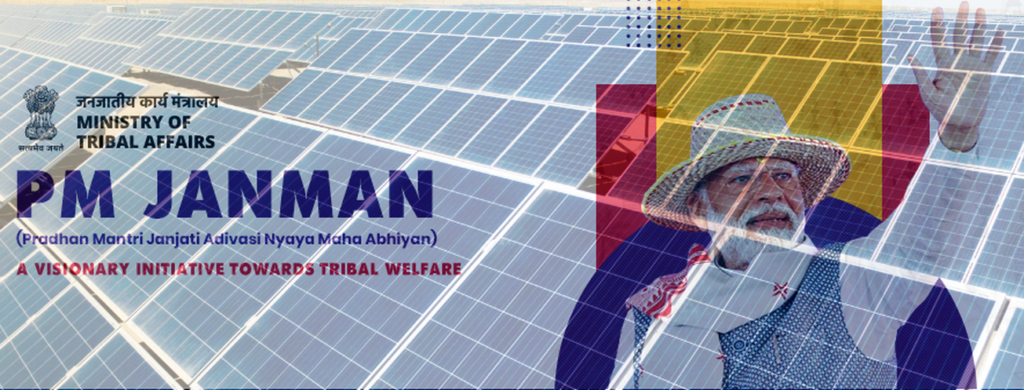The Indian government has approved a large sum of money, amounting to ₹24,104 crore, to provide solar electricity to tribal communities, promoting sustainable energy access for all.
The Prime Minister’s Janjati Adivasi Nyaya Maha Abhiyan, also known as PM JANMAN, aims to provide electricity to 100,000 households in 18 states, with a special focus on Particularly Vulnerable Tribal Groups (PVTGs).
This initiative aims to address the lack of electricity in remote tribal communities, which hinders their development. These communities often live in isolated areas and do not have access to grid electricity. The transition to solar energy provides communities with cleaner and more reliable power, as well as the ability to create more jobs and improve their quality of life.
The project plans to be implemented in stages, with ₹20 crore designated for the current financial year, and ₹255 crore and ₹240 crore planned for the following two years. This ongoing investment illustrates the government’s dedication to extended growth and guaranteeing fair availability of energy resources.
In addition to bringing electricity to the area, the project also focuses on promoting local business and skill development. By involving the community and providing training on installing and maintaining solar panels, the initiative helps tribal communities become self-sufficient in meeting their energy needs and building sustainable sources of income.
The emphasis on PVTGs, who are typically the most disadvantaged among tribal communities, demonstrates a commitment to inclusive progress. The initiative specifically addresses their distinct requirements and cultural customs, guaranteeing that solar energy benefits are accessible to even the most isolated and at-risk groups.
The tribal solar electrification scheme has great potential as it focuses on clean energy, empowering communities, and promoting inclusive development. Its goal is not only to provide electricity to homes but also to lead India’s tribal communities towards a better future.
Reference- Press Information Bureau, Mercom India, Economic Times
